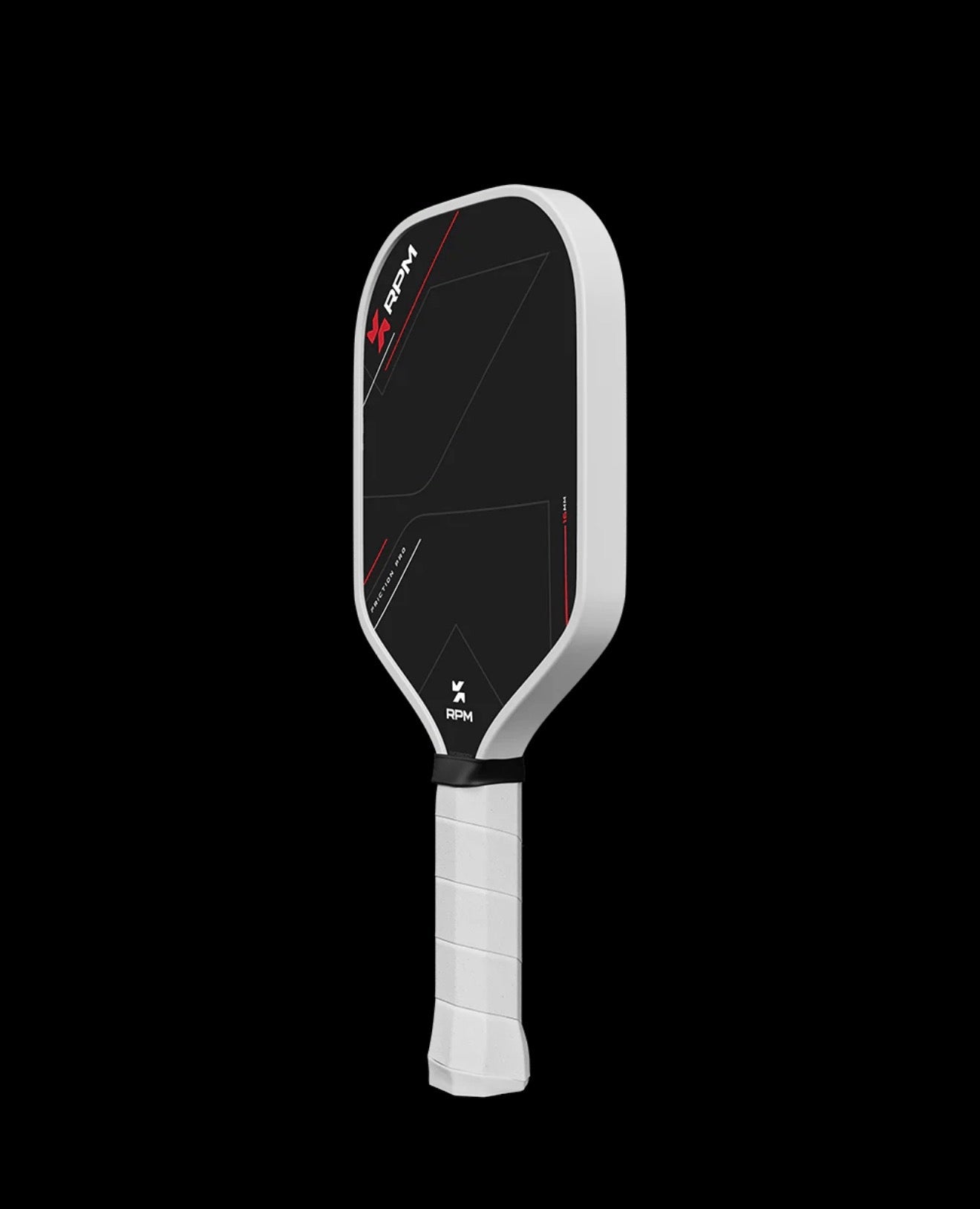
How to Choose a Pickleball Paddle: The Essentials
You want to know how to choose a pickleball paddle without guesswork. Good. The right pick should match how you score points, protect your arm, and make the simple shots automatic. Use this as a clear checklist, not a sales pitch.
Decide how you win points
Be blunt about your game. If you win with soft exchanges and drops, you need control, a predictable launch, and a grip on the ball. If you pressure with serves, drives, and counters, you need faster rebound and a touch more reach. Write two priorities before you shop. They will anchor every choice that follows.
Tune Ball Response
Cores control how long the ball sits on the face and how much bounce you feel. Thicker builds keep the ball a hair longer, which calms, resets, and takes the sting out of blocks. Thinner builds snap the ball off the face faster, which helps drives and counterpunches. If your third shots keep floating long, go thicker. If your passes lack bite, go thinner. Pick the feel that fixes the misses you see most.
Face Weave and Texture
Surface matters for bite and consistency. A gritty carbon finish grabs the ball and makes spin repeatable across a long season. A glassy, springy finish launches the ball hard, great for put-aways, but touch can wander. Hybrid faces land between those two. Choose the finish that supports your plan. If you shape dinks and kick serves, favor lasting texture. If you crush put-aways, favor pop.
Specs That Translate
Static weight is only half the story. Swing weight tells you how heavy the paddle feels in motion. More weight toward the head helps you absorb pace and hit through contact, but it can slow hand speed. More weight toward the handle keeps hands quick and protects the wrist. As a rule of thumb, if blocks twist or float, add a little mass near the throat. If your hands feel tired in the kitchen, shift lighter or move the balance toward the grip. Small changes work. One overgrip adds control and about a few grams. A short strip of lead at 3 and 9 steadies the face without turning the paddle into a sledge.
Fit the Frame
Longer heads buy reach on serves and passing shots, and trade some forgiveness off the edges. Traditional heads feel calmer in hand battles and forgive more when contact drifts. Handle size is non-negotiable. If the handle is too big, you squeeze and lose touch. If it is too small, the face wobbles. When in doubt, go smaller and stack an overgrip for a custom fit. Keep your index finger slightly separated from the others to guide the face angle.
Quick pick
If you want one safe place to start, choose a midweight paddle with a 16 mm polymer core, a raw carbon face, and a grip that truly fits your hand. It protects the soft game, adds consistent spin, and stays calm under pace. That is the practical core of how to choose a pickleball paddle. Test two options with the five-minute circuit and keep the one that makes your decisions simple.
Imagr credits: pexels . Check more Pickleball Paddles collection
FAQ
How long should a paddle last, and when do I replace it?
For frequent play, expect 6 to 12 months before feeling changes. Signs it is time: the sweet spot feels “hollow,” spin drops even after cleaning, blocks twist more than they used to, or you hear a rattle. If two different balls still feel dull off the face, retire it.
What is swing weight, and how do I sense it fast?
Swing weight is how heavy the paddle feels in motion. Quick check: hold the handle with a relaxed grip and make ten small wrist flicks, then ten rapid volley shadows in front of your chest. If the tip keeps “pulling” past your hand or your forearm warms up quickly, the swing weight is high. If the paddle starts and stops clean without dragging, you are in a comfortable range.
Can I customize a paddle without messing it up?
Yes. Start small. One overgrip improves hold and adds a few grams near the handle. For stability, place 2 to 4 small lead strips at 3 and 9 o’clock. For extra pop, try 1 to 2 grams at 12 o’clock.